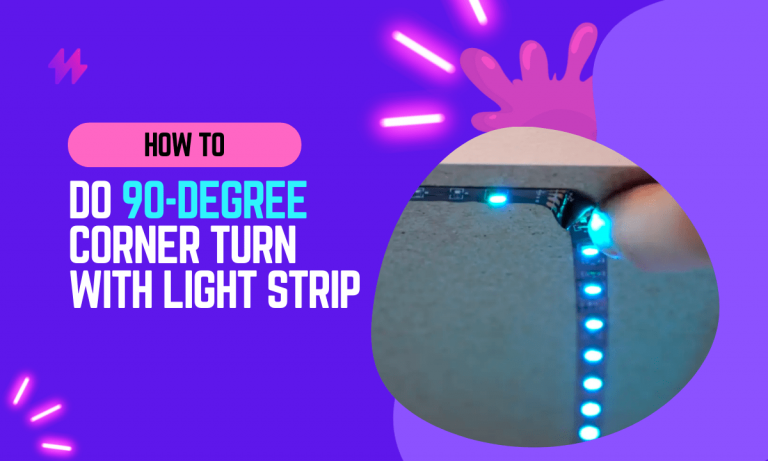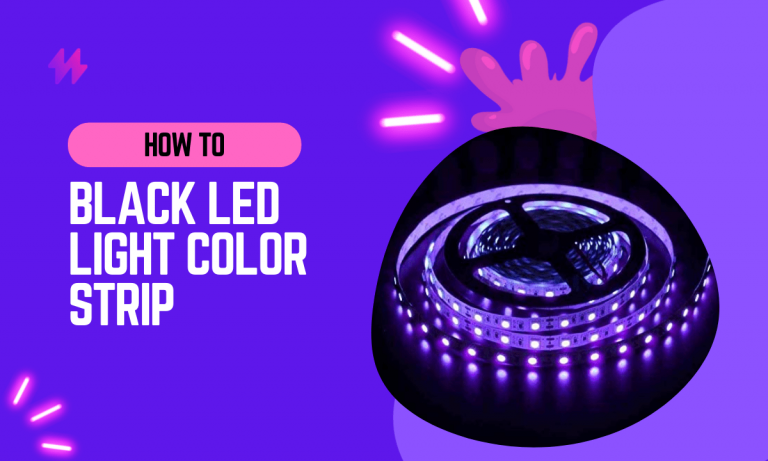How to Dim LED Strip Lights with Confidence?
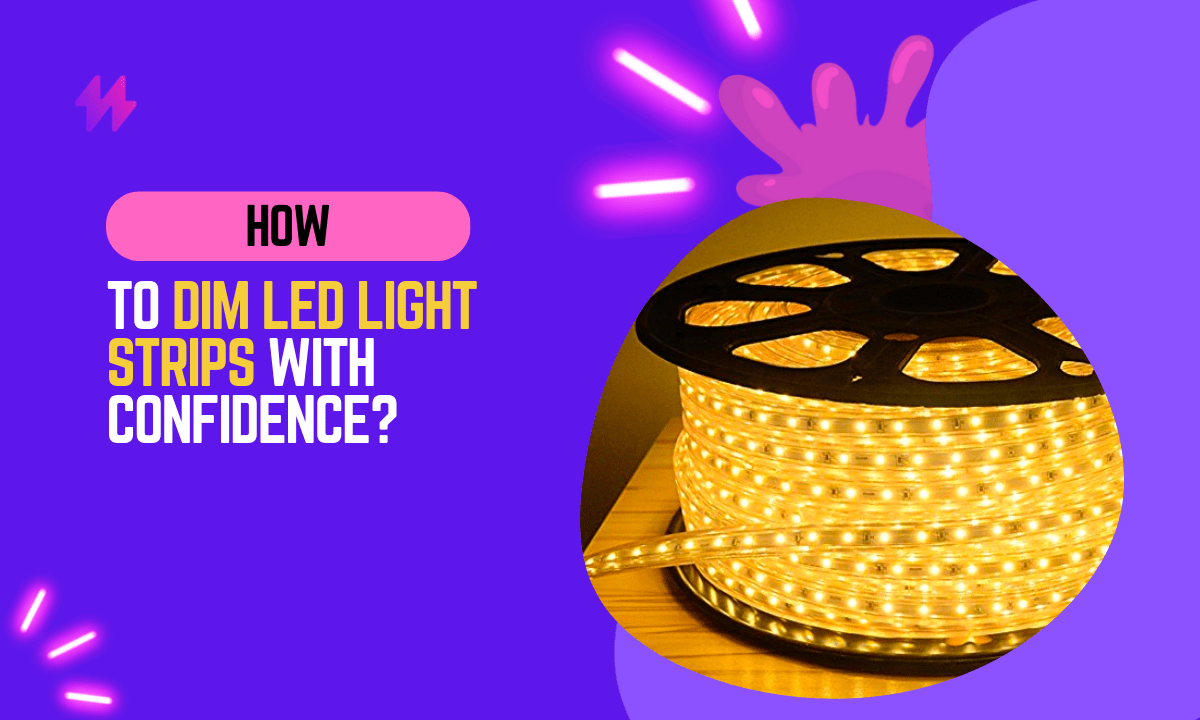
LED strip lights are a popular choice for lighting under cabinets, behind TVs, and in other applications. However, many people find that the lights are too bright, even on the lowest setting. If you’re one of those people, you’re in luck. In this article, I’ll show you how to dim LED strip lights using a variety of methods.
In this article, I’ll share my experience with you so that you can dim LED strip lights with confidence.
There are a few different ways to dim LED strip lights. The best method for you will depend on your specific needs and the type of lights you have. I’ll discuss each method in detail below, so you can choose the one that’s right for you.
Is it Possible to Dim LED Strip Lights?
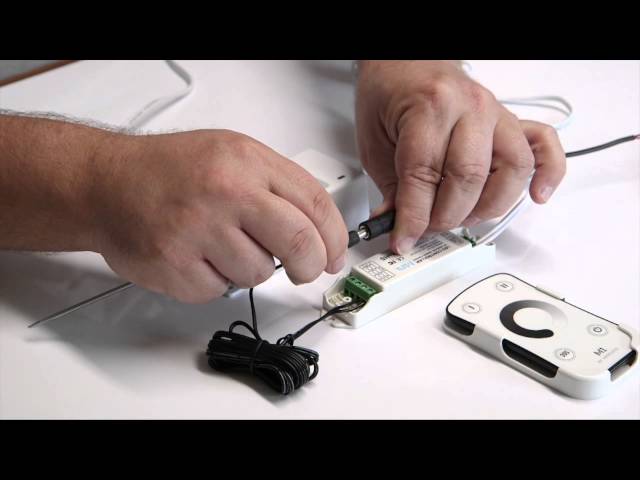
The answer is yes, it is possible to dim LED strip lights. However, the process is not as simple as it is with traditional incandescent lights. In this guide, we’ll show you how to dim LED strip lights using a variety of methods.
Method 1: Using a Dimmer Switch
The easiest way to dim LED strip lights is to use a dimmer switch. Dimmer switches work by reducing the amount of power that flows to the LED strip lights. This causes the lights to dim gradually.
To use a dimmer switch, simply connect it to the power source for your LED strip lights. Then, turn on the dimmer switch and adjust the setting to the desired brightness.
Dimmer switches are available in a variety of styles, so you can find one that fits your needs. Some dimmer switches even have built-in timers, so you can set them to turn on and off automatically.
Method 2: Using a Controller
Another way to dim LED strip lights is to use a controller. Controllers are small devices that connect to the LED strip lights and allow you to control their brightness, color, and other features.
To use a controller, simply connect it to the power source for your LED strip lights and then connect the LED strip lights to the controller. Once the controller is connected, you can use the controls to dim the lights to the desired brightness.
Controllers are more versatile than dimmer switches, as they allow you to control a wider range of features. However, they can also be more expensive.
Method 3: Using a Smartphone App
If you have a smartphone, you can use a smartphone app to dim your LED strip lights. There are many different apps available, so you can find one that fits your needs.
To use a smartphone app, simply download the app to your phone and then connect it to your LED strip lights. Once the app is connected, you can use it to control the brightness of the lights.
Smartphone apps are a convenient way to dim LED strip lights, as they allow you to control the lights from anywhere in the world. However, they can be more expensive than dimmer switches or controllers.
Also read: How To Sync LED Strip With TV For Backlight?
Method 4: Using a Home Automation System
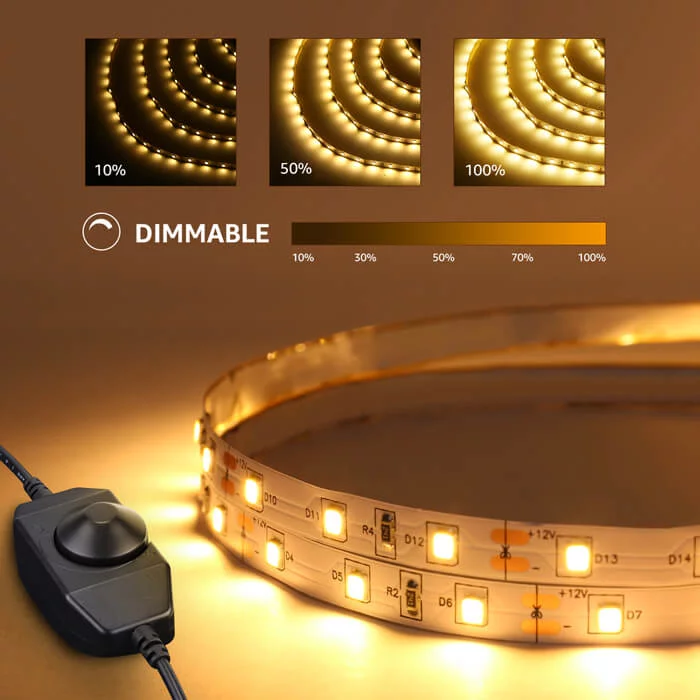
If you have a home automation system, you can use it to dim your LED strip lights. Home automation systems allow you to control a variety of different devices in your home, including your LED strip lights.
To use a home automation system, simply connect it to your LED strip lights and then create a scene that dims the lights to the desired brightness. Once the scene is created, you can activate it with a single button press.
Home automation systems are a great way to control your LED strip lights, as they allow you to create custom scenes and automate the dimming process. However, they can be more expensive than dimmer switches, controllers, and smartphone apps.
Method 5: Using a PWM Signal
If you’re comfortable with electronics, you can dim LED strip lights using a PWM signal. PWM stands for pulse-width modulation, and it’s a technique that can be used to control the brightness of an LED by varying the width of the electrical pulses that are sent to it.
To dim LED strip lights using a PWM signal, you’ll need a PWM controller, an LED driver, and some electrical wiring. The PWM controller will generate the PWM signal, the LED driver will convert the PWM signal into a voltage that can be used to drive the LED strip lights, and the electrical wiring will connect the PWM controller and the LED driver to the LED strip lights.
PWM is a powerful technique that can be used to dim LED strip lights with a high degree of precision. However, it can be more difficult to set up than the other methods listed in this guide.
Also read: How to Make LED Light Strips Sticky Again?
Method 6: Using a Resistor
You can also dim LED strip lights by using a resistor. A resistor is a device that resists the flow of electricity and can be used to reduce the amount of current that flows to the LED strip lights.
To use a resistor to dim LED strip lights, simply connect the resistor in series with the LED strip lights. The size of the resistor will determine the amount of current that flows to the LED strip lights, and therefore the brightness of the lights.
Resistors are a simple and inexpensive way to dim LED strip lights. However, they can only be used to dim LED strip lights that have a constant current driver.
FAQs
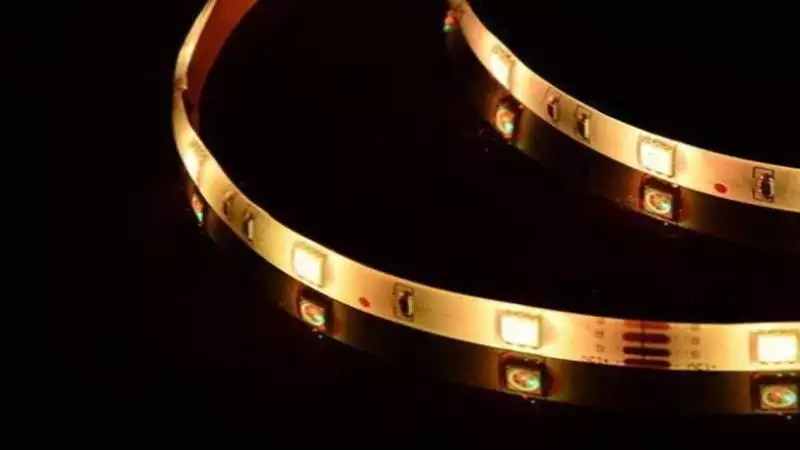
Below you can find some of the widely asked questions on how to dim LED strip lights.
How do I dim LED strip lights?
There are a few different ways to dim LED strip lights. The most common way is to use a dimmer switch.
- Dimmer switches work by reducing the amount of power that is supplied to the LED strip lights, which in turn reduces the brightness.
- A potentiometer is a variable resistor that can be used to control the amount of current that flows through the LED strip lights. By turning the potentiometer, you can increase or decrease the brightness of the LED strip lights.
- Software controllers allow you to control the brightness of the LED strip lights from a remote location. This can be useful if you want to dim the lights from your smartphone or tablet.
What is the difference between a dimmer switch and a potentiometer?
A dimmer switch and a potentiometer are both devices that can be used to control the brightness of LED strip lights. However, there are some key differences between the two devices.
Dimmer switches are typically used to control the brightness of a single light fixture. Potentometers, on the other hand, can be used to control the brightness of multiple light fixtures.
Additionally, dimmer switches are typically wired directly to the light fixture, while potentiometers are typically wired to a controller.
What is the best way to dim LED strip lights?
The best way to dim LED strip lights depends on your specific needs. If you only need to dim a single light fixture, then a dimmer switch is a good option. If you need to dim multiple light fixtures, then a potentiometer or software controller is a better option.
What are the safety risks of dimming LED strip lights?
There are a few safety risks associated with dimming LED strip lights. First, if you use a dimmer switch that is not compatible with LED strip lights, you could damage the lights. Second, if you dim the lights too much, you could create a fire hazard.
To avoid these risks, it is important to use a dimmer switch that is specifically designed for LED strip lights. Additionally, it would be best if you never dim the lights below 50% brightness.
Where can I buy dimmers for LED strip lights?
Dimmers for LED strip lights can be purchased online or at home improvement stores. When shopping for a dimmer, be sure to choose one that is specifically designed for LED strip lights.
You may also like: How to Remove LED Strip Light Adhesive?
Final Words
In conclusion, mastering the art of dimming LED strip lights is essential for creating versatile lighting environments that can adapt to various moods and settings. The ability to adjust the brightness of LED strip lights not only enhances the aesthetic appeal of a space but also contributes to energy efficiency and extends the lifespan of the LEDs. To dim LED strip lights effectively, it is crucial to ensure that the lighting setup includes a compatible dimmer switch that matches the specifications of the LED strips. This compatibility prevents issues such as flickering and uneven dimming, which can detract from the ambiance and potentially harm the LED circuitry. Furthermore, understanding the type of dimmer (PWM or analog), and ensuring it aligns with the strip’s requirements, will facilitate smooth operation and reliable performance.
Moreover, the practical application of dimming LED strip lights involves more than just installing the right hardware. It requires thoughtful consideration of the lighting design to maximize the impact of the dimming capabilities. For instance, integrating dimmers with smart home systems can allow for automated adjustments based on the time of day or the presence of people in the room, thereby enhancing both convenience and energy efficiency. Additionally, experimenting with different brightness levels during the installation process can help in determining the optimal settings for various activities, whether it’s bright illumination for task-focused areas or softer lighting for relaxing environments. By thoroughly understanding both the technical and creative aspects of dimming LED strip lights, users can confidently enhance their living or workspaces with lighting that is not only functional but also dynamically tailored to their needs.

